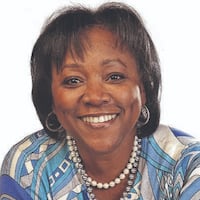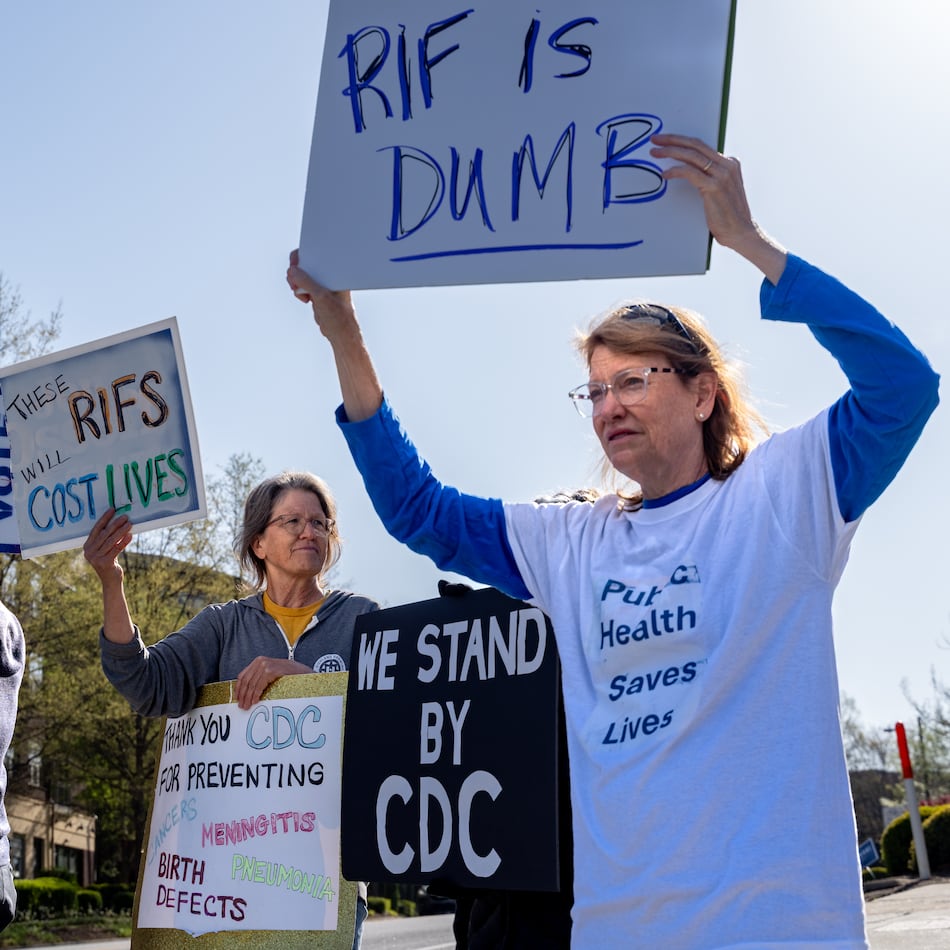As he has done nearly every year since 2003, former state representative and SCLC veteran Tyrone Brooks will join about 200 others from around the state Saturday to make the 2.5-mile trek to Moore’s Ford Bridge.
Beginning at 11 a.m., they will gather at the First African Baptist Church for the annual rally for justice in Monroe. They’ll march to the bridge to honor slain civil rights leader Martin Luther King Jr.’s legacy and his connection to the 1946 lynching of George and Mae Murray Dorsey and Roger and Dorothy Malcom and the Malcoms’ unborn child.
The 16th annual march won’t look much different from previous ones except this year’s commemoration will be against the backdrop of reported rising white supremacy and accusations of voter suppression, both of which set the gruesome slayings in motion.
According to an annual survey by the Southern Poverty Law Center, the number of hate groups active in the U.S. rose to its highest level in two decades last year to 1,020, up from 784 four years ago. The increase, the center said, was propelled by a rise in extremism. From 2017 to 2018, the tally jumped 7 percent.
Allegations of voter suppression surfaced during last year’s gubernatorial election in which Democratic candidate Stacey Abrams accused Republican Brian Kemp of using his position as secretary of state to tilt the results in his favor.
“Everything has changed but nothing has changed,” said Brooks. “The struggles of today are identical in so many ways to the struggles of yesterday.”
A charged atmosphere
That’s why Brooks and others have made sure that what happened that fateful day at Moore’s Ford Bridge is never forgotten.
“There are people who wish we’d go away, but we all know that history that is forgotten is destined to be repeated,” said the Rev. Hattie Lawson, coordinator of the Moore’s Ford Movement. “Five people lost their lives that day. They have family members who are still suffering because of what happened to them. Somebody has to stand up for them.”
In Brooks’ estimation, the lynching was King’s first major civil rights project while still a student at Morehouse College, coming on the heels of the 1944 U.S. Supreme Court decision that ruled the all-white Democratic primary system was illegal and unconstitutional.
Up until then, the Democratic Party had used white primaries to suppress black voting and weaken the Republican Party in the South, often using violence and fraud to accomplish that goal.
Indeed, many believe voter suppression was behind the mass murder of the Malcoms and Dorseys.
George Dorsey, a World War II veteran, had just returned home after serving five years in the Pacific. He and wife Mae, along with the Malcoms, were sharecroppers, working the J. Loy Harrison farm, when Roger Malcom was arrested and charged with stabbing a white man.
After posting bond for Roger Malcom, Harrison was driving the couples back to his farm when a white mob forced him to stop his car near the Moore’s Ford Bridge. They tied ropes around their necks, hung them from an oak tree and fired upon them as many as 60 times at close range. One of the men then allegedly cut the fetus from Dorothy Malcom’s body with a knife.
FBI agents believed Harrison helped coordinate the killings.
MLK’s interest in case
At the time of the lynching, Tyrone Brooks, now 74, was barely 9 months old.
More than 22 years would pass before he’d even hear about what happened at Moore’s Ford.
“The conspiracy of silence scared people to the point that they didn’t want to talk about it,” Brooks said.
RELATED: The Moore's Ford lynching of 1946
A child of the ‘60s, he came of age in Warrenton, honing his civil rights skills in the Southern Christian Leadership Conference’s Youth Division, protesting segregated schools, movie theaters and businesses across the country.
“My goal was to go to Howard and study communications, but the movement snatched me away,” he said.
By 1967, when he was hired full time at the SCLC, Brooks had been assigned to help desegregate the Walton County schools in Social Circle.
Meanwhile, King and Dr. Ralph David Abernathy were traveling around the country promoting the Poor People’s Campaign March on Washington. They were at church in Macon one night in March 1968 when King asked Abernathy to send SCLC staff to Monroe to find those responsible for the mass lynching.
Brooks and Willie Bolden were tapped for the job.
“I was angry,” Brooks said. “I wanted to go to Memphis to march with the sanitation workers.”
He was eating dinner back in Social Circle when he learned King had been assassinated.
“I’d just turned 22 and the greatest leader of all time was gone,” he said.
1981 death reignites resolve
Brooks’ focus shifted to the Poor People’s campaign, but he never forgot the Moore’s Ford lynchings.
He would go on to serve in the state Legislature, representing what is now District 55, for 35 years.
He’d barely been in the Legislature a year when Dan Young, the undertaker in Monroe, called.
A 22-year-old army private named Lynn McKinley Jackson from Monroe had gone missing.
“We think the klan got him,” Brooks remembered Young telling him.
On Dec. 8, 1981, his decomposing body was found hanging from a pine tree in the woods.
In the end, the coroner said he found no signs of foul play even though Jackson would have had to climb 20 feet straight up to reach the place he was hanging.
That was a defining moment for the SCLC, Brooks said.
It also had marked significance for Brooks, who was more determined than ever to bring those responsible for the Moore’s Ford lynchings to justice.
“There was no way I could just walk away from the assignment given to me,” he said.
Justice remains elusive
For more than five decades, Brooks has remained true to that assignment, getting perhaps the biggest break in the Moore’s Ford case in 1999 when then-Gov. Roy Barnes directed the GBI to reopen the case. A year later, an FBI agent was assigned to the case.
Then in 2013, Brooks was confronted with troubles of his own. That year, he was indicted on charges of mail, wire and tax fraud in connection with diverting almost $1 million for his personal use from organizations he headed.
He maintains as he did then, that he was being targeted for his work on the lynchings.
He pleaded guilty to the charges and served six months of a yearlong sentence in federal prison. Barnes served as his lawyer.
In another blow to the Moore’s Ford investigation, last year the GBI, after learning the FBI quietly closed its investigation into the murders, officially closed its case.
Even though nothing will ever be done, Brooks said, the history of the mass lynching won’t be forgotten.
“Those of us who call ourselves disciples of Martin Luther King will continue to highlight it because it’s America’s last mass lynching and Dr. King’s first major civil rights project.”
About the Author
The Latest
Featured





